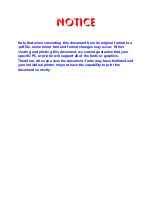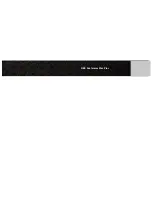
6
Basic Calls & Phone Use
Making basic calls
You make a simple call in the same way as you would with a normal phone, except that you need to press after entering the area STD code and the phone number.
To make international calls, you must first enter the international dialling code (see page 13).
2
Use the full STD area code even if you are calling to a person in the same town. If the numbers are too long to be displayed within one line, excess part is deleted
and ‘...’ is added at its end.
2
The main-LCD display shows the strength of the radio signal that links your phone to the network. The maximum signal strength is shown by 4 shaded blocks and
the minimum signal strength by 1 block.
Starting a call
☛
Key in the phone number. Check the number on the display.
☛
Press to send the call.
When the call is sent, the screen displays the number called or the name stored in the phonebook and a connection graphic or a CLI picture that has been allocated to
the number called (see page 19).
Correcting mistakes
Use the and keys to move the cursor and then press
CLR
to clear individual digits, or hold down
CLR
to completely clear a phone number.
Ending calls
☛
Press briefly or close your phone. The phone returns to the standby screen.
2
If is held down, your phone will turn off.
Receiving calls
When someone calls your number, the ringer will sound (if set - see page 40), the LED glows in the specified colour, and the phone number of the caller may be
displayed if the calling line identification facility is available and the caller has activated the feature. If the caller’s phone number has been related and stored in your
phonebook with a name and a CLI picture (see page 22), that name and picture will be displayed. If the caller has withheld their identity, the screen will give a message
that the caller’s number is being withheld.
▼
▼
















































